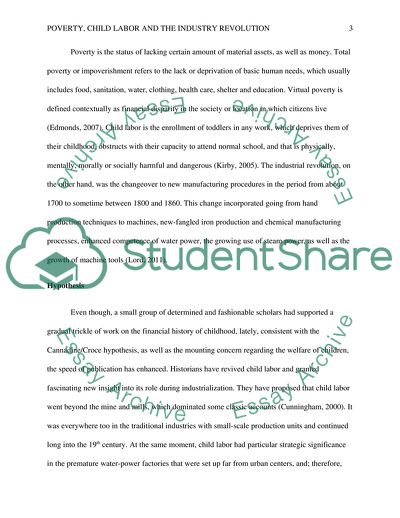Cite this document
(Poverty, Child Labor and the Industry Revolution Research Paper, n.d.)
Poverty, Child Labor and the Industry Revolution Research Paper. https://studentshare.org/social-science/1803659-poverty-child-labor-and-the-industry-revolution
Poverty, Child Labor and the Industry Revolution Research Paper. https://studentshare.org/social-science/1803659-poverty-child-labor-and-the-industry-revolution
(Poverty, Child Labor and the Industry Revolution Research Paper)
Poverty, Child Labor and the Industry Revolution Research Paper. https://studentshare.org/social-science/1803659-poverty-child-labor-and-the-industry-revolution.
Poverty, Child Labor and the Industry Revolution Research Paper. https://studentshare.org/social-science/1803659-poverty-child-labor-and-the-industry-revolution.
“Poverty, Child Labor and the Industry Revolution Research Paper”. https://studentshare.org/social-science/1803659-poverty-child-labor-and-the-industry-revolution.


